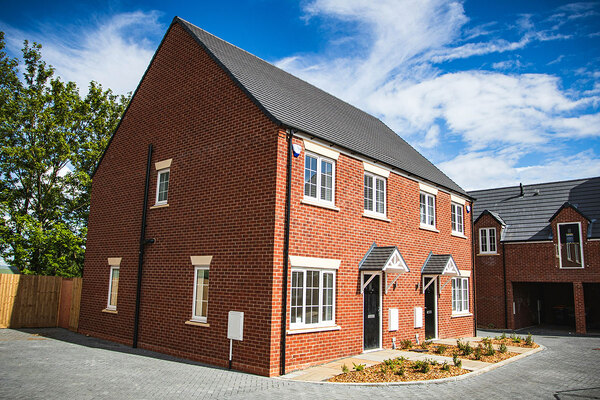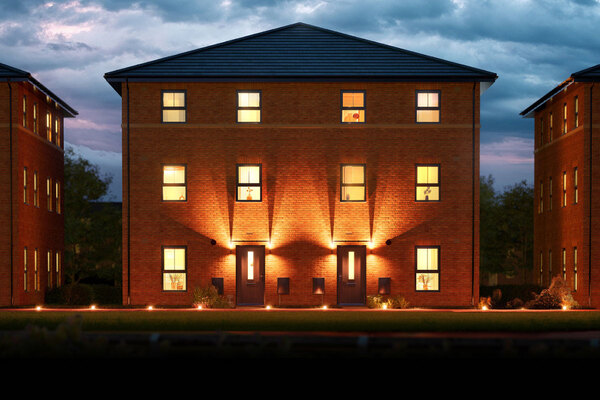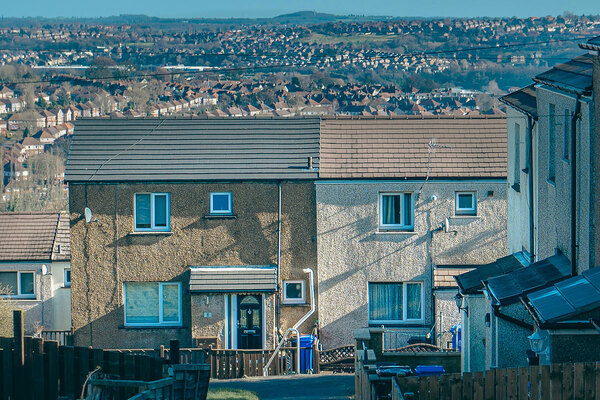
...more
We need to move forward on delivery
With the election over, Sinéad Butters of Placeshapers says now is the time to act to solve the housing crisis

...more
The election has come and gone and although we are likely to have a new government, little has changed for Placeshapers.
Significant issues of concern that we were campaigning against before 8 June are still alive and kicking a week later. And this hiatus poses risks and uncertainty for the future of our sector in a way that we had not quite expected.
We are being asked to build more homes of all tenures. The current government target of 1.5 million homes by 2022 – that’s 300,000 homes per year – is eye-watering.
“The current government target of 1.5 million homes by 2022 is eye-watering.”
Placeshapers is launching our ‘We Build’ research at the Chartered Institute of Housing 2017 conference which evidences our step up.
This entails a 60% increase in development in a year and nearly doubling our output by 2027.
But despite this, and despite the efforts of our housing association colleagues in all parts of the UK, this remains not only a tall order, but one where our ability to build more is constrained by a number of complex factors.
We have no clarity on a future rent settlement. How do we plan to build even more homes when our income is in doubt? When will we expect this particularly challenging decision to be made and how do we ensure that we get clarity soon to enable us to fund our programmes?
We are keen for the debate, so bring it on! But who with?
The future of supported housing is in doubt. Funding proposals for supported housing, the imposition of the Local Housing Allowance, and the top-up ‘ringfenced’ funding mechanism is discredited.
Our sector is clamouring to see a sensibly funded future for those who are most vulnerable, clamouring for a mechanism which deals with the inequalities presented by the current proposal. This will not go away and we will not let it.
Land in high-value areas is scarce, or expensive, or both. Developers, through well-placed advisors, can carefully negotiate their way around planning approvals to argue that their schemes cannot sustain affordable housing.
Yet the average age of a first-time buyer is now 37. I bought my first home for £37,000 at the age of 21. What will the future be like for our children?
In high-value areas, the only way to build more is to go up – to add floors. In low-value areas, land is abundant but the properties built can cost more than their sale price.
To achieve the 1.5 million homes target means building on available land. It means working in fragile markets, and investing in schemes that need a little help.
Regeneration funding targeted at low-value areas, where there is a market but where developers are not attracted to build, might just make the difference between building 900,000 and 1.5 million homes.
“Our communities need mixed tenure.”
And what about socially rented housing? Our communities need mixed tenure. We need social, affordable, shared ownership, market rent and outright sale. The drive for mono-tenure, in the cool light of day, is as poor a decision as a snap election.
Deregulation is not over. Secondary legislation to reverse the golden share was a key piece of the jigsaw, and is on hold.
Office for National Statistics reclassification is just around the corner, but without this last vestige of control removed, £60bn debt remains on government balance sheets, and control, rather than partnership remains.
And in the final analysis, whatever happens, however this all shakes down, whomsoever we need to work with, we will.
We are excited about the future. We are stepping up. We can and will do more. Now is not the time to take a breath. Now is the time to act.
Sinéad Butters, chief executive, Aspire Group; and chair, Placeshapers







